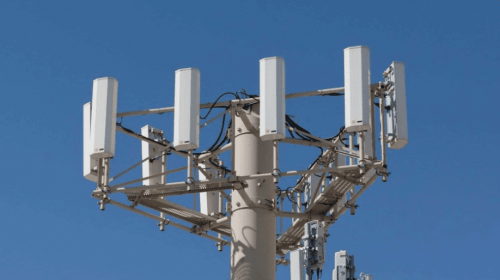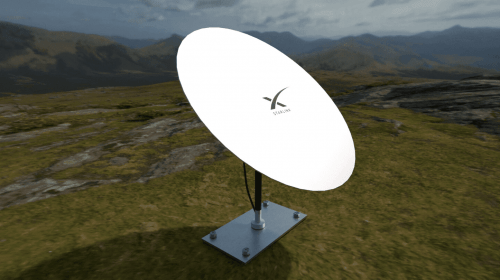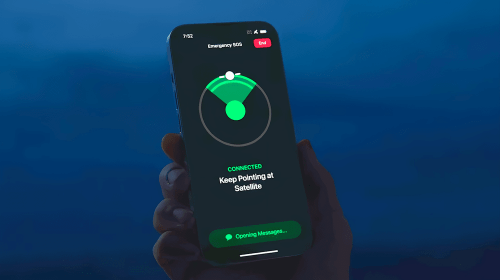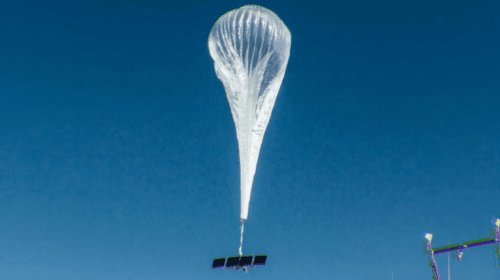Rocket Lab Advances Reusability with Next Electron Launch
Jul 14, 2023
Rocket Lab, the private aerospace company known for its Electron rocket, is gearing up for its next launch, which marks another significant stride towards achieving reusability of its first stage. The mission, aptly named “Baby Come Back” is scheduled for July 14 at Rocket Lab’s Launch Complex 1 in New Zealand. With a series of upgrades and design modifications, Rocket Lab aims to bring the company closer to its ultimate goal of reusing the Electron’s first stage.
The upcoming launch will deploy Telesat’s LEO 3 spacecraft, which serves as a technology demonstrator for the future Lightspeed constellation. Additionally, it will carry two Spire CubeSats and NASA’s Starling mission, consisting of four CubeSats, to conduct technology tests for future “swarm” missions in orbit.
 Electrons at the production facility. Credit: Twitter @RocketLab
Electrons at the production facility. Credit: Twitter @RocketLab
The concept of reusable rockets traces back to the very beginning of the Space Race. In the late 1950s, the United States Air Force began development on the Dyna-Soar spaceplane, designed to launch atop expendable boosters and then glide back to Earth like an aircraft after completing its mission. However, technical hurdles led to the program’s cancellation before any flights occurred.
In the 60s, NASA made considerable progress on reuse with the partially reusable Space Shuttle. Its orbiter spacecraft and two solid rocket boosters parachuted back to Earth and were refurbished after each flight. However, the massive external fuel tank was expended on every launch. Despite partial reusability, the Space Shuttle never achieved the rapid, low-cost launch cadence NASA had hoped for.
 Space Shuttle Endeavour. Credit: NASA
Space Shuttle Endeavour. Credit: NASA
It wasn’t until the 21st century that fully reusable orbital-class rockets were demonstrated. In 2015, Blue Origin’s New Shepard rocket became the first to vertically launch to space and vertically land, setting the stage for rocket reuse. New Shepard was designed solely for suborbital hops, not achieving the velocity to reach orbit. But the accomplishment proved powered vertical landing of a rocket was possible.
SpaceX is another prominent player in the field of reusable rockets. In December 2015, the company reached a momentous breakthrough by accomplishing the vertical landing of the first stage of its Falcon 9 rocket, following the successful delivery of payloads into orbit. This accomplishment represented an unprecedented event as it was the inaugural instance in history where a rocket’s initial stage was successfully recovered intact post-launch.
Rocket Lab’s upcoming “Baby Come Back” mission represents another significant step towards achieving reusability of the Electron rocket’s first stage. Through design modifications, improvements in watertightness, and optimized recovery processes, Rocket Lab is steadily advancing toward its goal. While not all missions will incorporate recovery or reuse due to specific performance requirements, the company’s commitment to methodical progress ensures that reusability remains a key focus for the future of Rocket Lab and the commercial space industry as a whole.
The dream of rocket reusability, dating back over half a century, has been fully realized. Now the focus turns to finding new and better ways to reuse them. Undoubtedly there remains room for improvement in turnaround times, refurbishment methods, flight rates, and reusability of more rocket components. The coming decades will see ever more reuse innovations as launch vehicles transform into robust space transportation fleets designed for maximum reusability from the outset. The evolution of reusable rocket technology promises a bright new era of space exploration.





